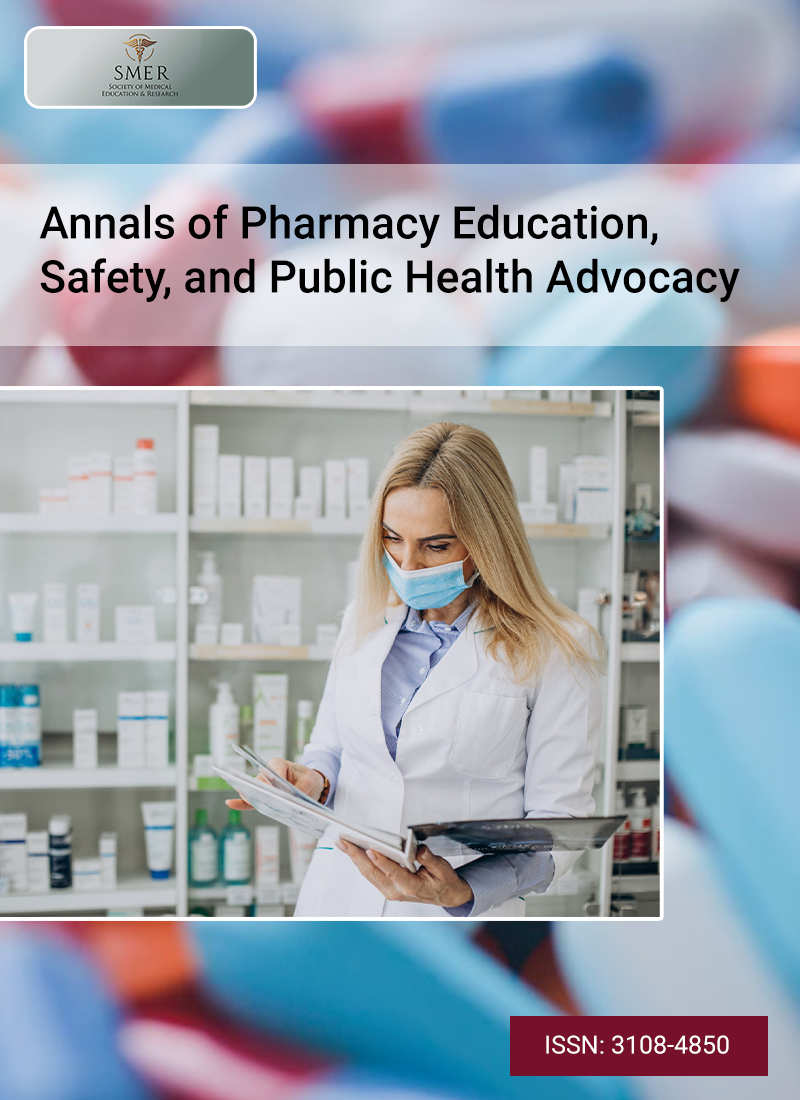
Currently, there is no straightforward measure that combines the extent to which a patient uses different healthcare services into a comprehensive score. This study aimed to develop such a tool and investigate its relationship to overall health outcomes, including mortality and life expectancy. We developed the Healthcare Utilisation (HUTIL) index by assigning weights to different healthcare services based on their typical costs compared to a primary care physician (PCP) visit. These cost ratios were sourced from global data found in literature and online databases. Using these weights, we calculated an annual average HUTIL score per person across European countries using official statistics and EU data. Countries were then grouped according to whether their scores were above or below the European median and compared in terms of mortality rates and life expectancy. Analysis of data from 63 countries showed that, compared with PCP consultation, specialist visits cost about twice as much (median ratio 2), emergency department visits four times as much (median ratio 4), nursing home visits half as much (median ratio 0.5), and each hospital day about eight times as much (median ratio 8). Using these ratios, the HUTIL index was calculated for 26 European countries. Countries with scores above the median tended to have higher death rates (1047 vs. 889 per 100,000 people; statistically significant) and shorter life expectancy (78.2 vs. 82.0 years) compared with countries below the median. The cost ratio between healthcare services and primary care visits is surprisingly stable worldwide. The HUTIL index, based on these ratios, has the potential to serve as a global tool for assessing the utilization of healthcare services and supporting comparative health research.